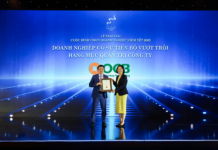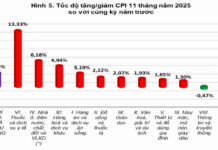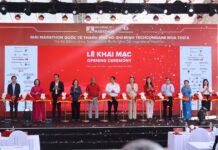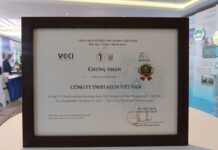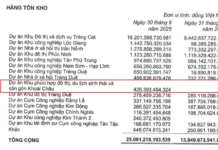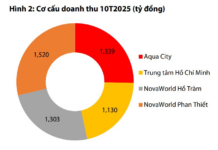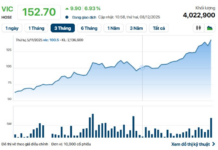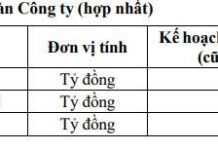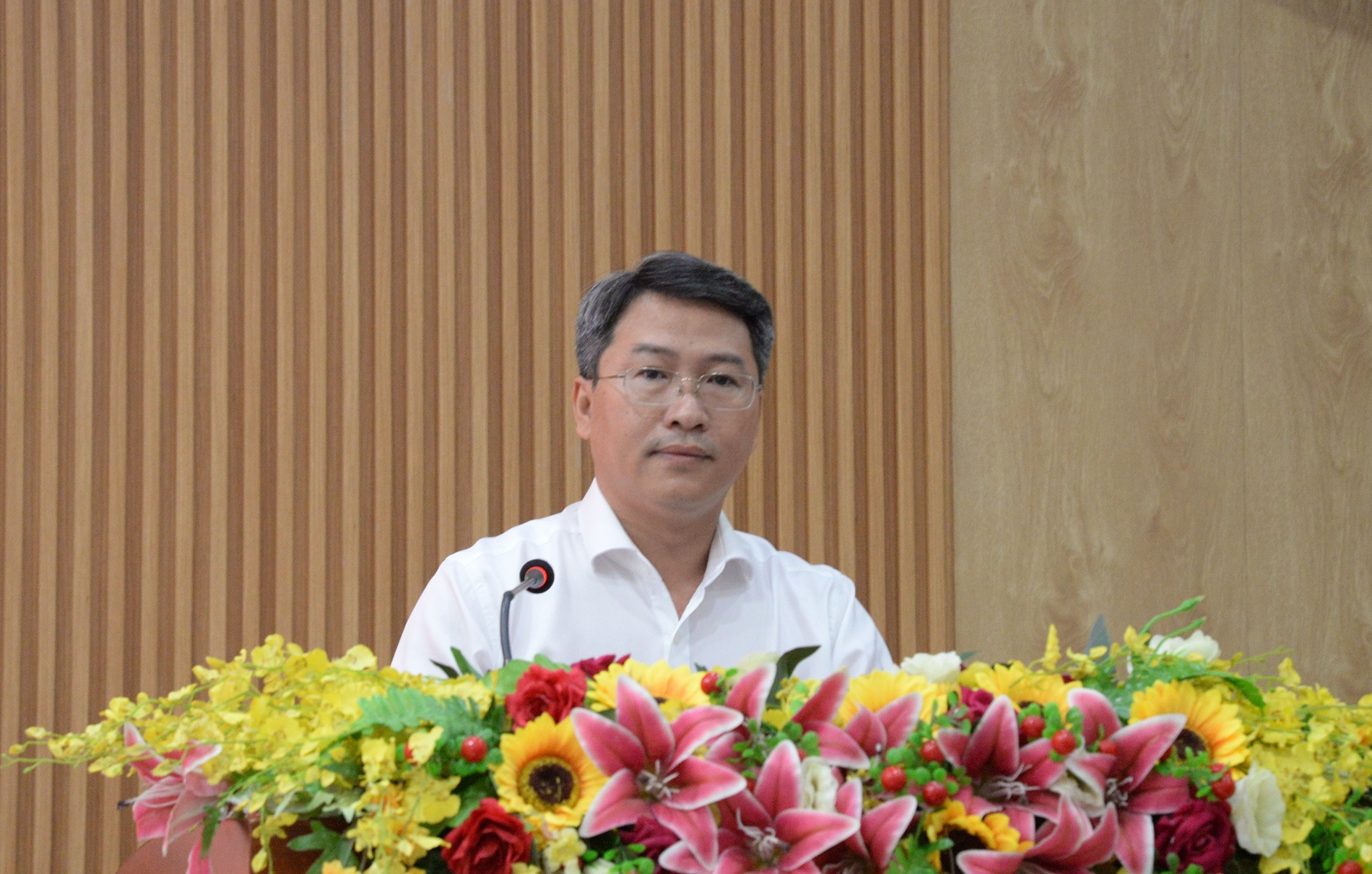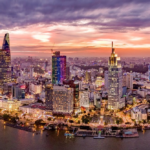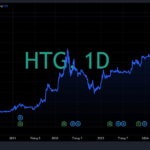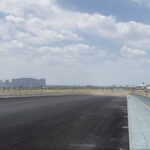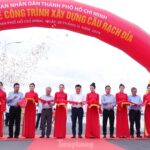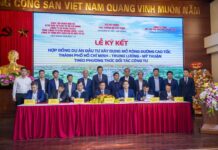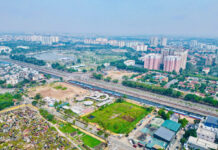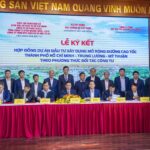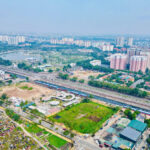This morning (November 27th), the Ho Chi Minh City Academy of Personnel held a seminar on the topic, “What Should Ho Chi Minh City Do to Enter the Era of National Advancement?”
Embarking on a New Era with a Pioneer Mindset
According to Associate Professor Dr. Nguyen Tan Phat, Director of the Ho Chi Minh City Academy of Personnel, the city needs to recognize its role and mission as stated in Resolution 31 of the Politburo regarding the orientation and tasks for the development of Ho Chi Minh City until 2030, with a vision towards 2045.
The resolution emphasizes the spirit of “The city is for the whole country, and the whole country is for the city.” Simultaneously, the city should outline its objectives, tasks, and solutions for the upcoming period to join the nation in entering a new era of advancement.

Associate Professor Dr. Nguyen Tan Phat speaks at the seminar. Photo: H.V. |
On the other hand, Mr. Pham Chanh Truc, former Permanent Vice Secretary of the Ho Chi Minh City Party Committee, opined that to firmly step into the new era, Ho Chi Minh City needs to address its bottlenecks. He asserted that a city regarded as the country’s economic pioneer cannot continually endure perennial traffic jams and flooding.
Mr. Truc raised three issues that the city needs to resolve: developing public transportation, tackling pollution, and providing housing for its citizens.

Dr. Tran Du Lich. Photo: H.V. |
Dr. Tran Du Lich, Chairman of the Advisory Council for Implementing Resolution 98 of the National Assembly, suggested that in terms of resources, Ho Chi Minh City needs to transition to a new stage of rapid and sustainable development.
Specifically, over the next ten years, the city’s growth rate must be maintained at 1.2-1.5% higher than the national average to demonstrate its leading role in line with Resolution 31. Ho Chi Minh City should also successfully implement an internationally competitive model in terms of institutions, human resources, and infrastructure. It should take the lead in digital transformation, green economy, emission reduction, and be the fastest locality in achieving Net Zero.
Additionally, the city’s leaders must build and improve the civil service, streamline the organizational apparatus, and focus on human resources…
Dr. Tran Du Lich emphasized that, by 2035, the city must integrate itself into the process of completing the national railway project and expanding connections with the entire Southern Key Economic Region.
Selecting the Most Crucial Indicators
Dr. Truong Minh Huy Vu, Director of the Ho Chi Minh City Development Research Institute, suggested that the city needs to quantify and select the most critical indicators for its development.

Dr. Truong Minh Huy Vu. Photo: H.V. |
Specifically, according to Dr. Vu, in the next five years, the city needs to complete and operate the Ring Roads 2, 3, and 4 to create land funds and urban spaces along these roads. It should also finalize the first metro line and subsequent lines to develop a Transit-Oriented Development (TOD) model. Notably, Ho Chi Minh City must achieve a per capita income of approximately $13,000 per year to become the first locality in the country to reach the income level of developed countries.
Dr. Vu also suggested that Ho Chi Minh City should align with the perspective of General Secretary To Lam on digital transformation. He emphasized that, in his speeches, the General Secretary has consistently recognized digital transformation not merely as a means but as a new tool for production, giving rise to the 4th Industrial Revolution and propelling the country into an era of advancement.
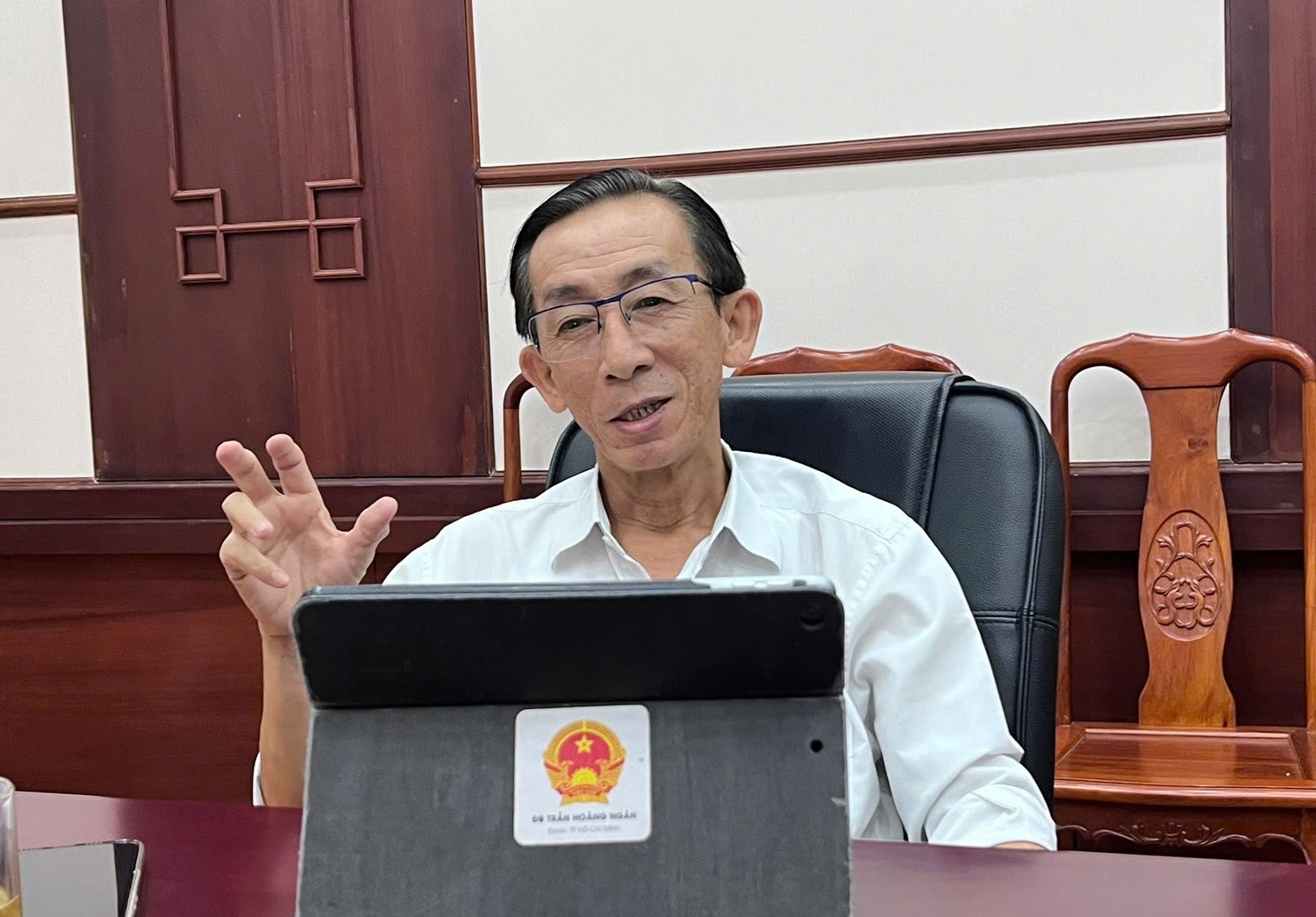 Dr. Tran Hoang Ngan. Photo: H.V. |
In an interview, Dr. Tran Hoang Ngan (a deputy of the National Assembly from Ho Chi Minh City) stated that to enter a new era of national advancement, “Ho Chi Minh City must maintain the spirit of a heroic city, the only city named after President Ho Chi Minh.”
Particularly, Ho Chi Minh City should uphold its status as a special urban area, the country’s economic pioneer, a newly emerging creative city globally, and a leading tourist destination in Asia.
Dr. Ngan also expressed that Ho Chi Minh City should develop in the direction of industry, services, and tourism, implementing strategic breakthroughs in transportation infrastructure and regional connectivity. The city’s leaders must be determined to rapidly transition to a digital economy, digital society, and digital governance in the midst of the rapidly developing 4th Industrial Revolution.
Ho Van
A Textile Enterprise Weaves a “Huge” Dividend Payout with Cash and Stock, Tethering to Historic Heights
In the first nine months, the company achieved 84% of its annual revenue target and surpassed the full-year profit goal.
The Slow Progress of Dong Nai’s Key Projects
Despite efforts to accelerate development, key infrastructure projects in the province of Dong Nai have been consistently delayed. Among these projects, one has fallen behind schedule by 500 days, while another faces the challenge of completing a bridge over a river without the necessary connecting roads.
Unlocking Southern Escape: A Half-Trillion Dong Investment to the Rescue
The Rach Dia Bridge, connecting District 7 and Nha Be District in Ho Chi Minh City, officially opened to traffic this morning, November 28, a month ahead of schedule. This infrastructure project is set to improve the traffic situation in the area, reduce congestion, and boost socioeconomic development in southern Ho Chi Minh City.






